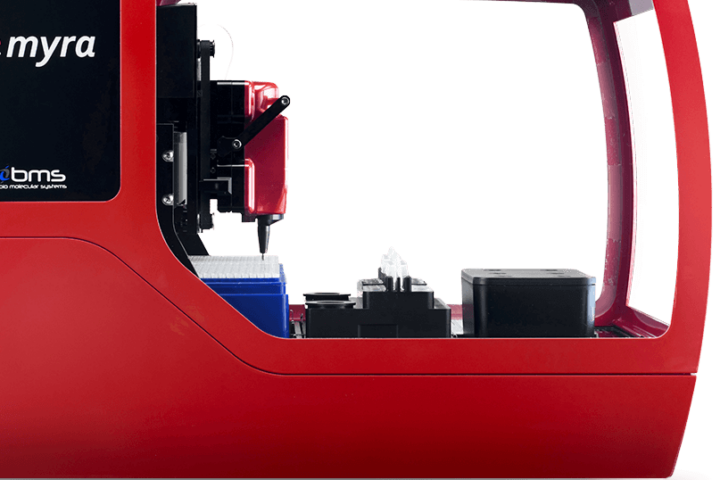Thanks to internet access, the world has become more interconnected than ever. Cheaper bandwidth and access to affordable devices that connect to the internet means most of the world has access to the web. Digitization has influenced how businesses operate, build and maintain their relationships with customers. Gone are the days when people had to wait for working hours to make purchases. All they need is access to the internet, and they can make a purchase online at any given time. The internet runs 24/7, which has created opportunities for businesses to profit more than possible in the past.
Even though physical stores still enjoy the lion’s share of retail sales, there has been a shift in how consumers shop, especially since the onset of Covid 19. This has meant retailers have had to adapt fast by allowing their in-store customers to enjoy the benefits of online shopping. Artificial Intelligence, better known as AI, plays a crucial role here by helping these business owners achieve fast checkout, provide instant access to customer care, create personalized recommendations, and so on.

This piece will focus on a few retailers using AI to improve their services and boost their profits. There are plenty of lessons to be learned, and as a business owner, you can always borrow a leaf from them to improve your business.
Cashierless Shopping
Before self-checkout kiosks came around, the only way to shop for items like groceries had to be by interacting with a counter clerk who knew the products and assembled orders. But that all changed at the start of the century as retailers aimed to free customers from wasting time in long checkout lines. All you needed to do was scan your items and pay, making the shopping experience smoother.
Amazon was the first company to take cashier-less checkout to the next level using AI by introducing the “Just Walk Out” shopping experience. All you needed was an Amazon Go app to scan a QR code to enter a store. Pick items that store cameras and sensors will detect and add to a virtual cart. Once you walk out, your Amazon account will be charged automatically. The company has added more Amazon Go stores since 2018. It continues to expand, thereby transforming checkout in terms of speed and convenience. Other businesses that have employed AI to achieve similar goals include JD.com with its unmanned stores and Alibaba with its souvenirs, wine, coffee, and snacks stores.
Employing Machine Learning To Forecast Demand
It’s easy to take product availability for granted, given that you find you are used to seeing items you are looking for whenever you walk into your favorite store. However, it takes a lot of effort for retailers to stock their stores optimally. Successful businesses understand how crucial it is to anticipate demand for products precisely. Also, they need to be more efficient in handling working capital and managing inventory, considering the dynamics of business operations and changes in consumer behavior.
This is where employing machine learning-powered analytics solutions can help you as a business owner. The technology can help you accurately forecast inventory demand by analyzing different data points and identifying subtle patterns that are not obvious to humans.
A few businesses that have used ML-based systems to gain an edge include Walmart and many others. Interestingly these systems don’t require much programming as ML models learn from data. The more data you feed them, the better they handle it and derive valuable insights.
Additionally, AI is being employed by businesses to achieve many other goals, such as in-store inventory management using robots, as it’s the case at Lowe and Walmart. This is crucial since most buyers will want to see an item before purchasing it, and running out of stock doesn’t only lead to loss of business but can damage the store’s reputation. There is also the use of chatbots by Meta, Burberry, and Mall of America to improve and personalize in-store and online experiences and many other use cases that bring greater efficiency and benefits to different businesses.















